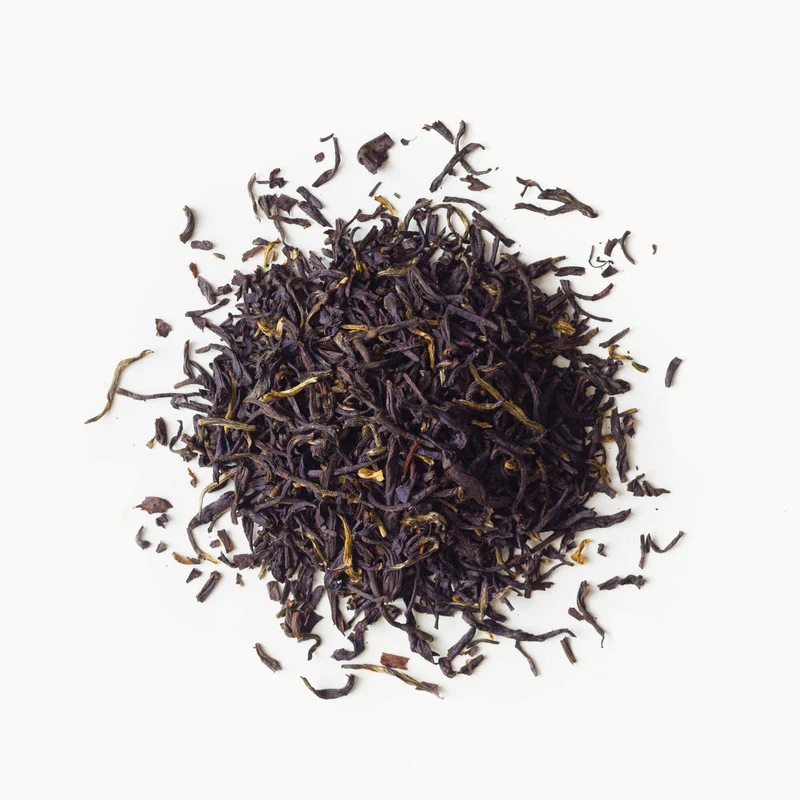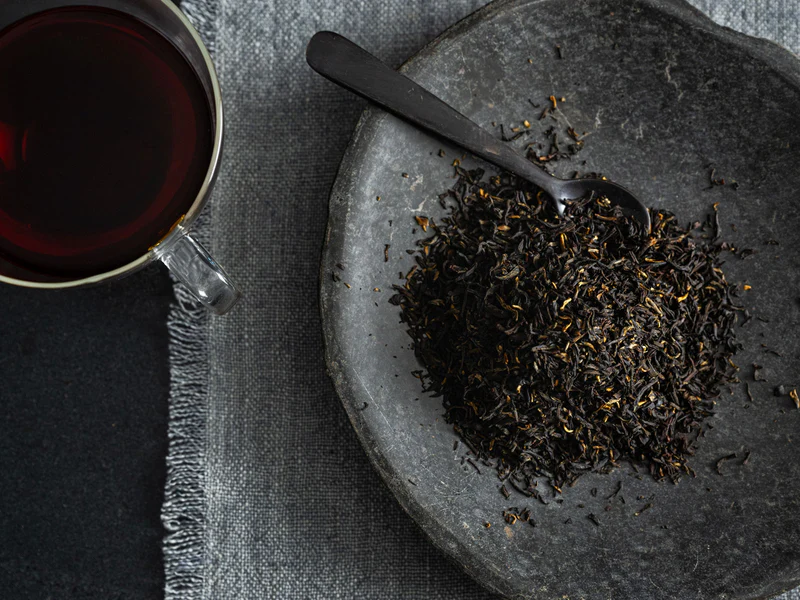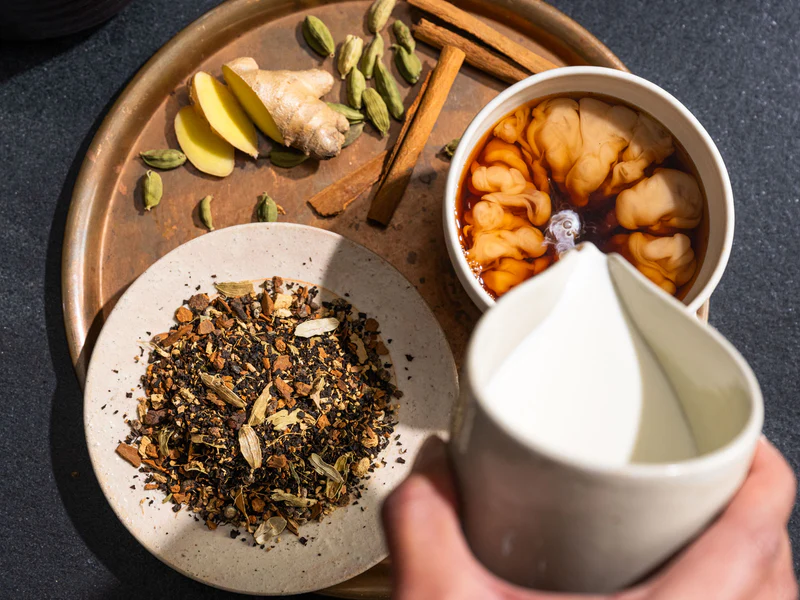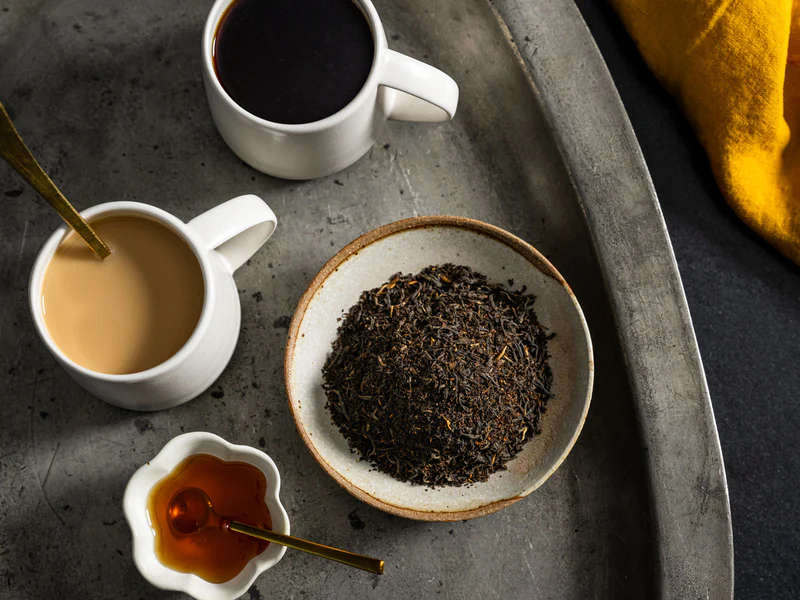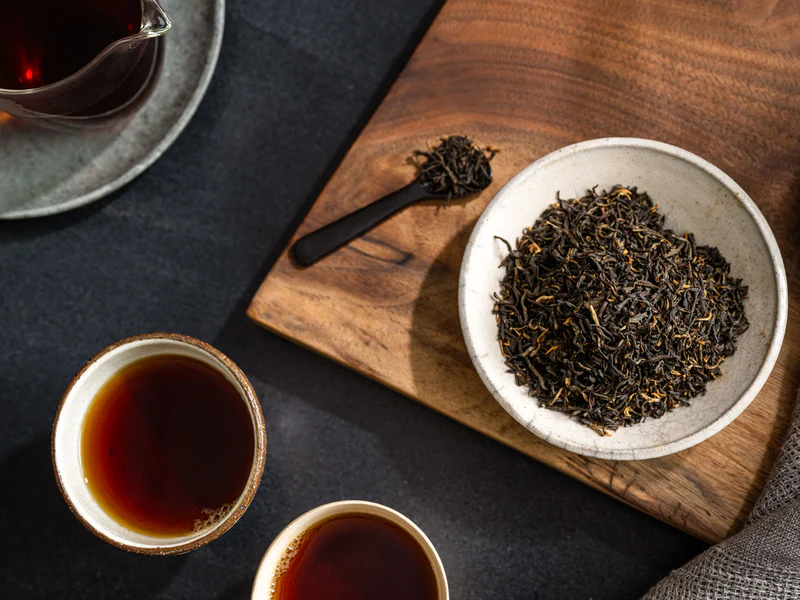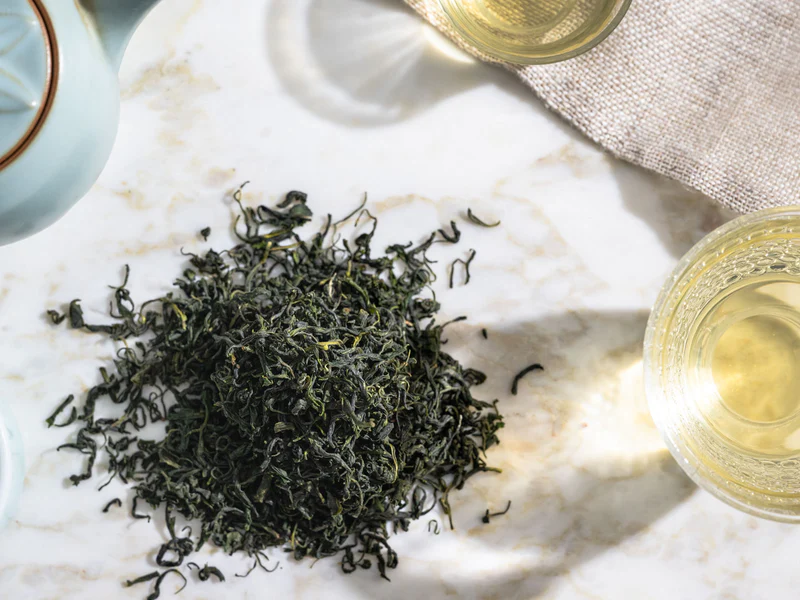
Xiengkhuang, Laos
Xiengkhuang Province in Northern Laos has a long history of tea cultivation, which was influenced by its location along the ancient Tea Horse Road.


Xiengkhuang Province in Northern Laos has a long history of tea cultivation, which was influenced by its location along the ancient Tea Horse Road.


Xiengkhuang Province in Northern Laos has a long history of tea cultivation, which was influenced by its location along the ancient Tea Horse Road. This historic trade route connected China and Southeast Asia, fostering the exchange of goods, including tea that made its way to Pu’er County.
Tea cultivation in Xiengkhuang dates back centuries, benefiting from the region's fertile soil, high altitude, abundant diversity of ancient tea tree varieties and favorable climate. During the French occupation, experimental tea nurseries were established, introducing new tea varieties collected from Myanmar , Yunnan and Vietnam. The French abandoned the tea industry in Laos and the nurseries which provided landrace , heirloom seed stock that naturally progressed in the area , contributing to this region’s special character of tea most notably found in Phusan Tea Mountain.
Today, Xiengkhuang Province is experiencing a resurgence in tea cultivation, with a focus on producing organic premium teas. Its unique geography, including high altitude, cool temperatures, and abundant rainfall, contributes to the development of teas with exceptional flavors and aromas. The region's emphasis on organic farming aligns with the growing global demand for natural and sustainable products.
With its rich tea history and the potential for tea tourism, Xiengkhuang Province has the opportunity to establish itself as a prominent producer of high-quality teas.
